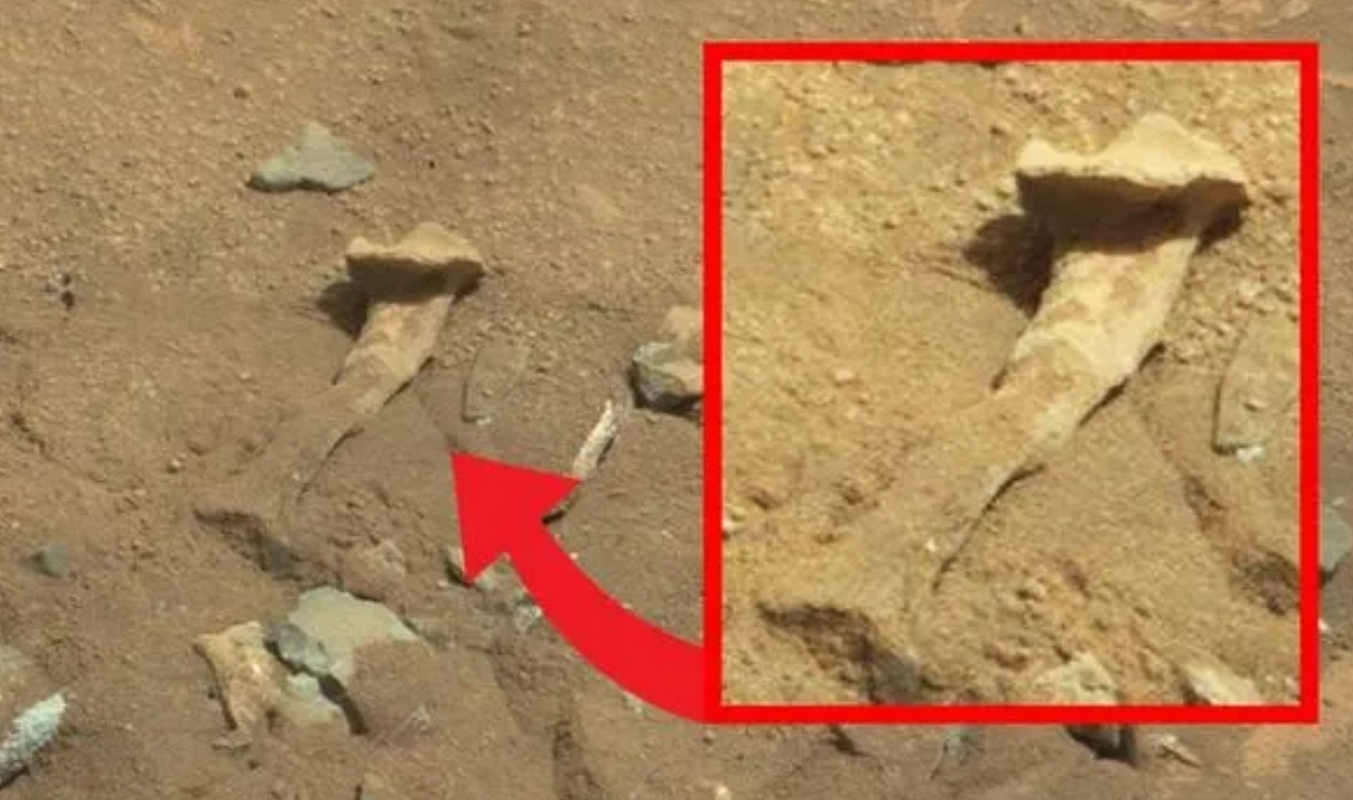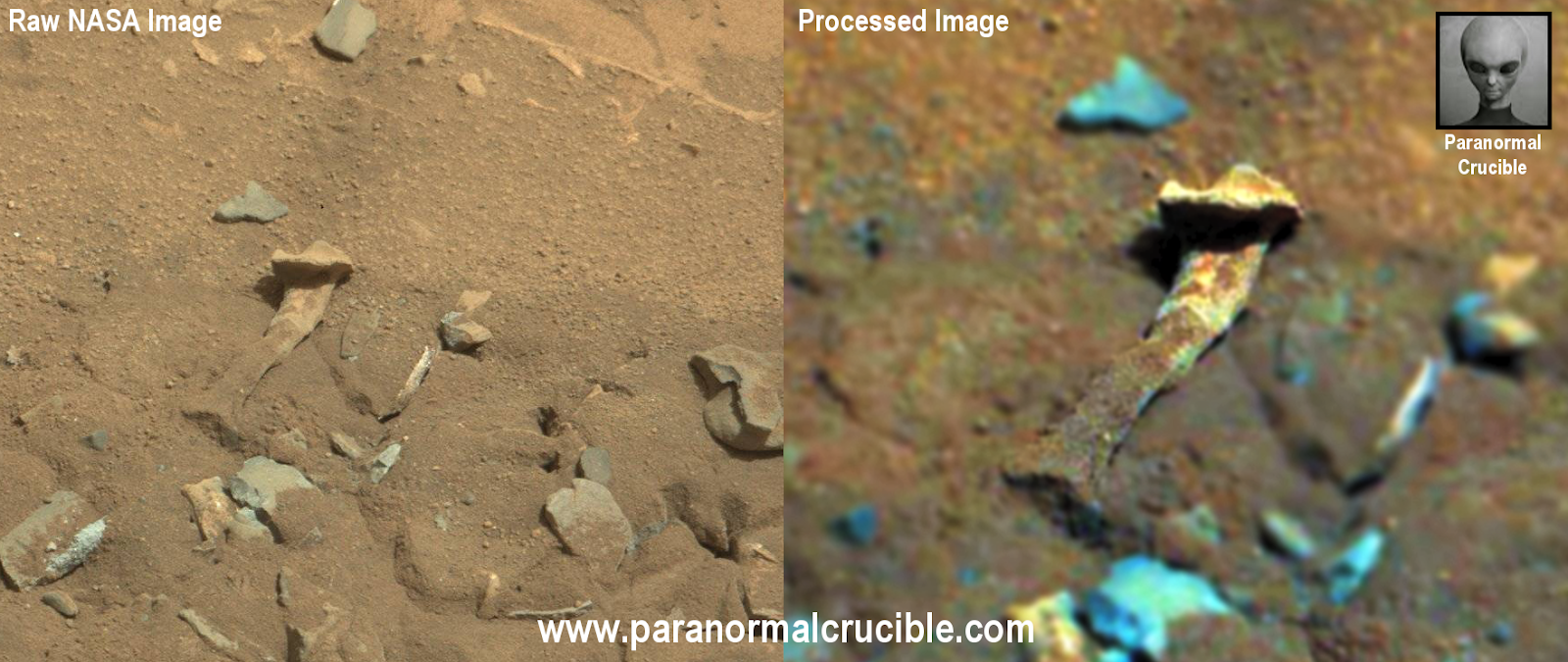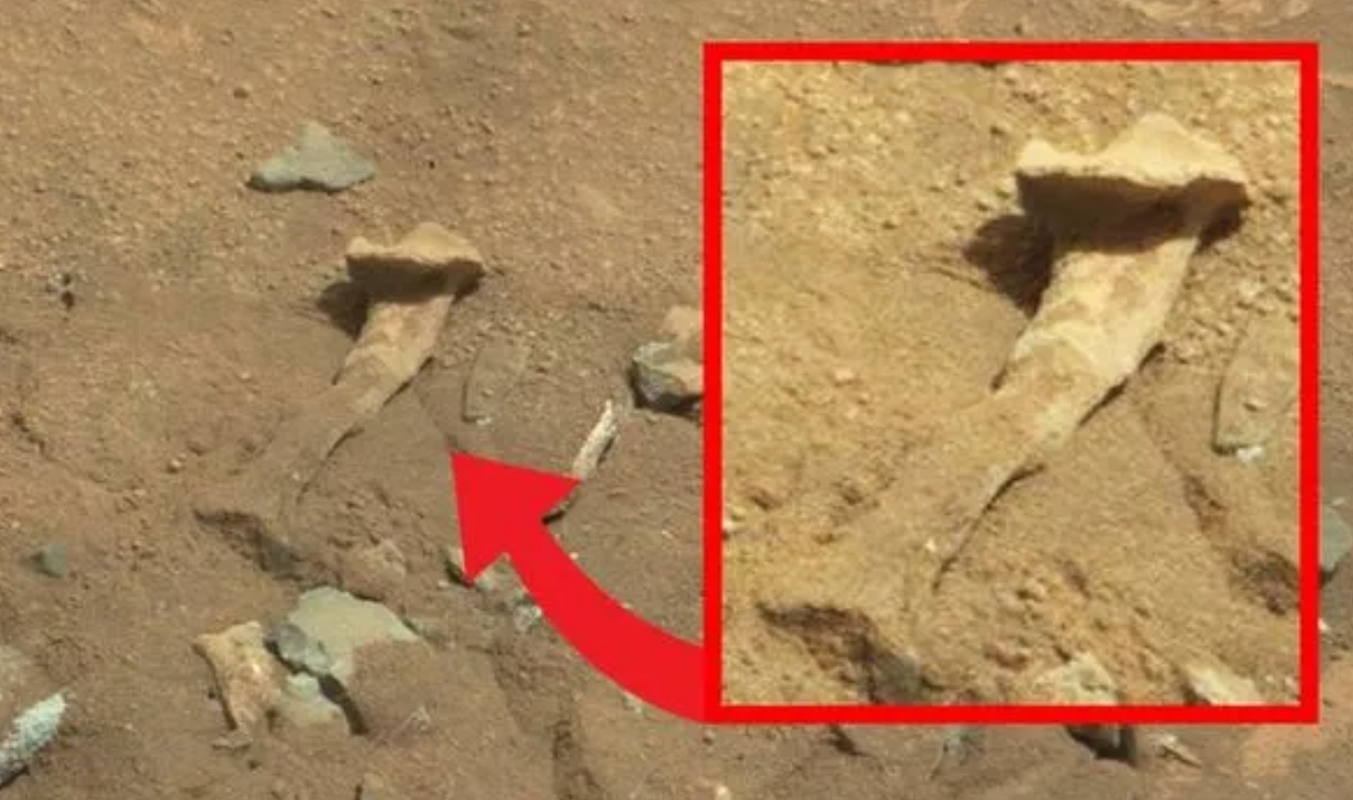For decades, the question of whether life exists beyond Earth has captured the imaginations of scientists and the general public alike. Recent discoveries suggest that this age-old mystery may be closer to resolution than ever before. Researchers have found **evidence of life on Mars**, sparking excitement across the globe and shifting our understanding of the universe.

#### Mars: A Candidate for Life
Mars, the fourth planet from the Sun, has long been considered a prime candidate for the existence of extraterrestrial life. Despite its harsh surface conditions—extremely cold temperatures, high radiation levels, and a thin atmosphere—scientists have identified numerous factors that make Mars a compelling target for life detection.

Firstly, Mars has traces of liquid water beneath its surface, which is a crucial ingredient for life. Over the past few years, **NASA’s Curiosity Rover** and the **Mars Reconnaissance Orbiter** have detected mineral deposits and formations that suggest water once flowed on the Martian surface. More recently, scientists have identified underground lakes of saltwater near the planet’s south pole.
Secondly, Mars’ geology offers evidence that the planet may have once had a more Earth-like environment. Billions of years ago, Mars likely had a thicker atmosphere and stable bodies of water. This led scientists to hypothesize that microbial life could have thrived in such conditions.
#### Signs of Life: Recent Discoveries

Several recent missions have produced intriguing clues that **point towards past or present life on Mars**. One of the most groundbreaking findings came from **organic molecules** detected by the Curiosity Rover. These molecules, which are considered the building blocks of life, were found in rock samples that are more than three billion years old. While these findings do not confirm life, they suggest that Mars had the necessary ingredients to support it.
Another promising discovery involved the detection of **methane** in Mars’ atmosphere. Methane is significant because, on Earth, it is primarily produced by biological processes. Seasonal fluctuations of methane concentrations on Mars hint at the possibility that something—either biological or geological—may be actively producing this gas.
Perhaps the most exciting development came from the European Space Agency’s **ExoMars mission**. The ExoMars Trace Gas Orbiter identified unusual amounts of gases, including oxygen and methane, which might be linked to biological activity. Further studies are ongoing, but these discoveries have fueled speculation that **microbial life** could still exist beneath the Martian surface.
#### The Search Continues
While the evidence so far is tantalizing, it remains inconclusive. The question of life on Mars is far from settled. To conclusively determine whether Mars harbors life, both past and present, scientists need to collect more data. Several upcoming missions, including **NASA’s Perseverance Rover** and **ESA’s Rosalind Franklin Rover**, are designed to search for signs of ancient life by drilling into the Martian surface and collecting samples that will eventually be returned to Earth.
#### A New Era of Space Exploration
The discovery of potential evidence of life on Mars marks a pivotal moment in the history of space exploration. While no direct proof of life has been found yet, the growing body of evidence suggests that Mars was once habitable and could still harbor microbial life beneath its surface. As scientists continue to explore the Red Planet, each new discovery brings us closer to answering one of the most profound questions: **Are we alone in the universe?**
This groundbreaking journey into the search for life on Mars not only expands our understanding of our planetary neighbor but also of the potential for life in the broader cosmos.

